Solar panels on roof
2 years ago
Featured Answer
Sort by:Oldest
Comments (10)
- 2 years ago
- 2 years ago
Related Professionals
Dracut Solar Energy Systems · New Lenox Solar Energy Systems · Irvington Solar Energy Systems · South Whittier Home Automation & Home Media · Annapolis Home Automation & Home Media · San Diego Home Automation & Home Media · Tacoma Home Automation & Home Media · Tampa Home Automation & Home Media · Sugar Hill Home Automation & Home Media · Markham Electricians · Cypress Fireplaces · Elk Grove Village Fireplaces · Elkridge Fireplaces · League City Fireplaces · Lone Tree Fireplaces- 2 years ago
- 2 years ago
- 2 years ago
- 2 years agolast modified: 2 years ago
- 2 years agolast modified: 2 years ago
- 2 years ago
- 2 years ago
Related Stories

GREEN BUILDINGGoing Solar at Home: Solar Panel Basics
Save money on electricity and reduce your carbon footprint by installing photovoltaic panels. This guide will help you get started
Full Story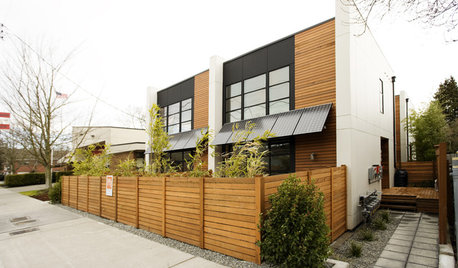
REMODELING GUIDESHigh Design With Solar Panels
Solar panels find new function as elements of smart home design
Full Story
GREEN BUILDINGLet’s Clear Up Some Confusion About Solar Panels
Different panel types do different things. If you want solar energy for your home, get the basics here first
Full Story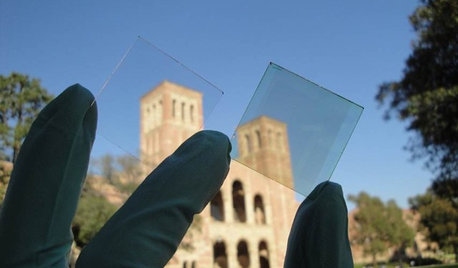
HOME TECHSmall Solar: Big Home Tech Trend in the Making
New technology enables everyday household objects to power themselves by harnessing natural light
Full Story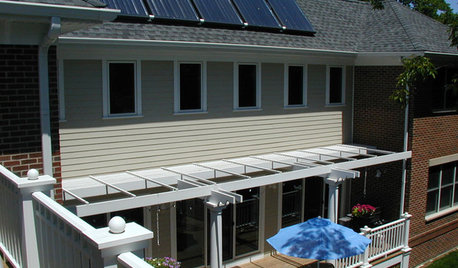
ARCHITECTUREArchitect's Toolbox: Solar-Powered Design
See how your home's design can take advantage of the sun's natural energy all year
Full Story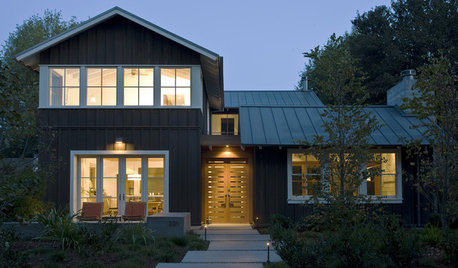
LIGHTINGHow to Choose the Right Solar Lights
Learn about different types of outdoor solar lights, where to use them and why you might want to avoid the bargain bin
Full Story
GREAT HOME PROJECTSHow to Add a Solar Water Heater
Lower energy bills without a major renovation by putting the sun to work heating your home’s water
Full Story
GREEN BUILDINGChampioning the Solar House, From the 1930s to Today
Homes throughout history that have used the sun offer ideas for net-zero and passive homes of the present, in a new book by Anthony Denzer
Full Story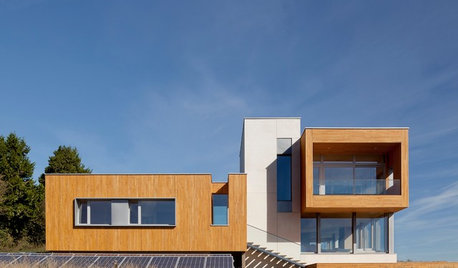
GREEN BUILDINGSunlight Used Right: Modern Home Designs That Harness Solar Power
Embracing passive heating principles through their architecture, siting and more, these homes save energy without skimping on warmth
Full Story
TRADITIONAL ARCHITECTUREModern Marries Traditional in a Chicago 'Shotgun' Home
Empty nesters enjoy a house that blends gable roofs and oak paneling with stainless steel, open spaces and bright interiors
Full Story


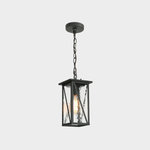


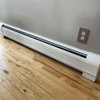

mike_home